The Toyota Yaris has built quite the reputation over decades of service on British roads, but Is it actually good enough as a used purchase? Is it actually the most reliable used car that money can buy or is it overhyped discussing this and more in this article.
What Is In The Review
-
1
Overview
-
2
Performance
-
3
Reliability
-
4
Ownership Costs
-
5
Competitors
-
6
Buying Guide
The Yaris sits in an interesting position in the used market. While it commands premium prices compared to Ford Fiestas and Vauxhall Corsas of similar age, owners consistently report running costs that make those higher purchase prices look like bargains. But there are specific years and variants to avoid, particularly those fitted with the problematic MMT gearbox
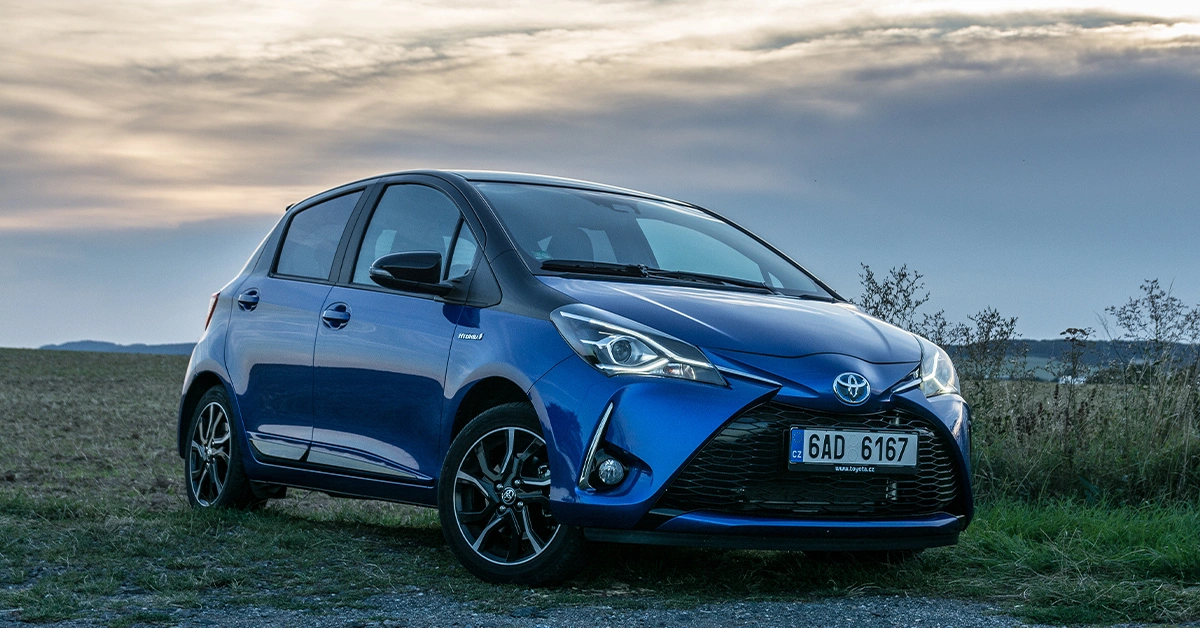
Overview
Quick Facts You Can Trust About this Model
- Powertrains: 1.0L, 1.3L (later 1.5L) petrol, 1.4L diesel, unique hybrid option
- Key Years: 2014 (major update), 2017 (1.5L introduction)
- Boot Space: Matches Ford Fiesta but less than Skoda Fabia
- Running Costs: Particularly efficient in hybrid form (80 mpg claimed, real-world 65-70 mpg).
- Only supermini that offers full hybrid capability in this era.
- Strong residual values compared to Fiesta/Corsa rivals
How Does It Stand Out Compared To The Previous Models?
The 2011-2020 Toyota Yaris marks a significant evolution in Toyota’s supermini story. Having extensively tested both generations, this third iteration brings meaningful improvements that justify its premium over its predecessor.
The most notable advancement is the introduction of the hybrid powertrain – a first in this segment – delivering real-world economy of 65-70mpg in urban use.
Compared to the previous 2006-2011 model, the newer Yaris offers 25% more boot space at 286 litres, features a practical flat rear floor, and demonstrates markedly better build quality, particularly in rust protection and interior materials.
For buyers prioritising modern safety features, fuel economy, and space efficiency, this generation represents the sweet spot in the Yaris timeline, though those seeking the most basic, affordable transport might find better value in earlier models.
Which Model In This Generation Stands Out?
The 2011-2020 Toyota Yaris launched with four models: T2 (base), TR (mid), SR (sport), and T Spirit (luxury).
2014 brought the first major facelift, replacing these with Active, Icon, Sport, and Excel trims. Toyota then expanded the range in 2015 by adding the value-focused Hybrid Active model.
2017 marked another key upgrade, introducing the Bi-Tone editions with distinctive two-tone paint and replacing the 1.3L engine with a more efficient 1.5L unit. The final addition came in 2018 with the performance-focused GRMN, featuring a 212bhp engine.
Over its lifetime, this Yaris generation offered twelve different trim levels, with about five available at any given time in the UK market.
The 2014-2016 Yaris Icon with the 1.3L petrol engine as the standout model of this generation. Here’s why: it hits the sweet spot of Toyota’s post-facelift improvements without the higher tax burden of post-2017 models.
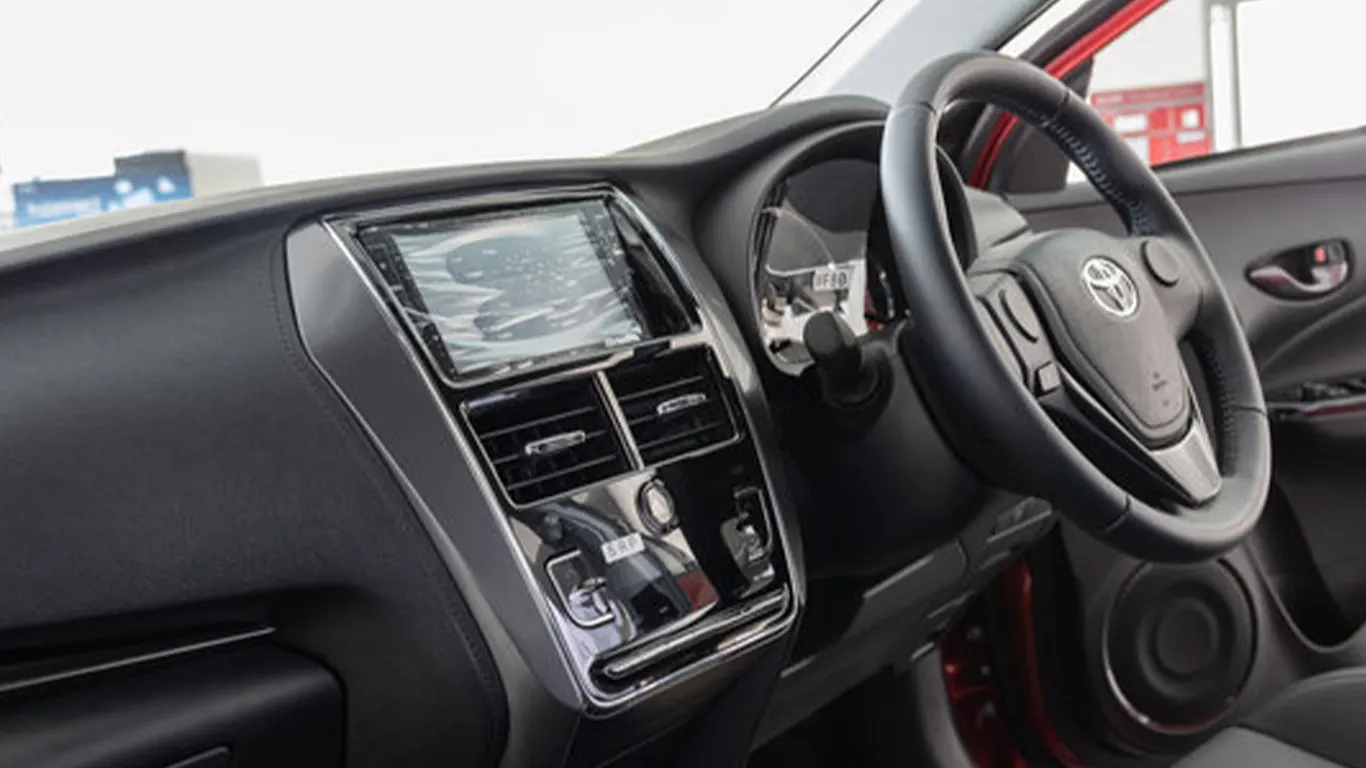
Potential Issues To Be Aware Of
This generation presents some unique characteristics that buyers should be aware of. Some common potential issues identified are:
- The early models (2011-2014) suffer from a rather disappointing touchscreen system in Icon trim and above – it’s frustratingly slow and often glitchy compared to rivals like the Ford Fiesta.
- The 1.0-litre engine, while economical, simply doesn’t cope well with modern fuel quality, making it a poor choice for motorway driving.
- The batteries typically begin showing signs of degradation around 80,000 miles, with the regenerative braking system often requiring calibration at about 60,000 miles.
- Build quality varies notably across this generation. Pre-2014 models frequently display loose interior trim and occasional water ingress issues through the A-pillar, while later models prove substantially more robust.
Perhaps the most significant concern lies with the CVT transmission in pre-2014 models. I’ve encountered numerous examples displaying characteristic jerkiness at low speeds, particularly noticeable in urban driving. This improved markedly after the 2014 facelift, though the hybrid variants still exhibit more pronounced transmission whine than their petrol counterparts.
Key Features
Essential specifications and features
-
Notable Equipment
Touchscreen system and Toyota safety sense (from 2017)
-
Engine Options
1.0 litre options to 1.4 diesel and hybrid option
-
Key Strengths
Strong reliability record
-
Fuel Efficiency
58.9 to 85.6 mpg (hybrid)
-
Hybrid 0 - 62 mph
11.8 seconds
- Insurance Group
- 2 - 9
- Boot Space
- 286 litres
- Safety Ratings
- ★★★★★ (Euro NCAP)
- Completely flat rear floor (unique in class)
- Toyota Safety Sense as standard
- Strong residual level
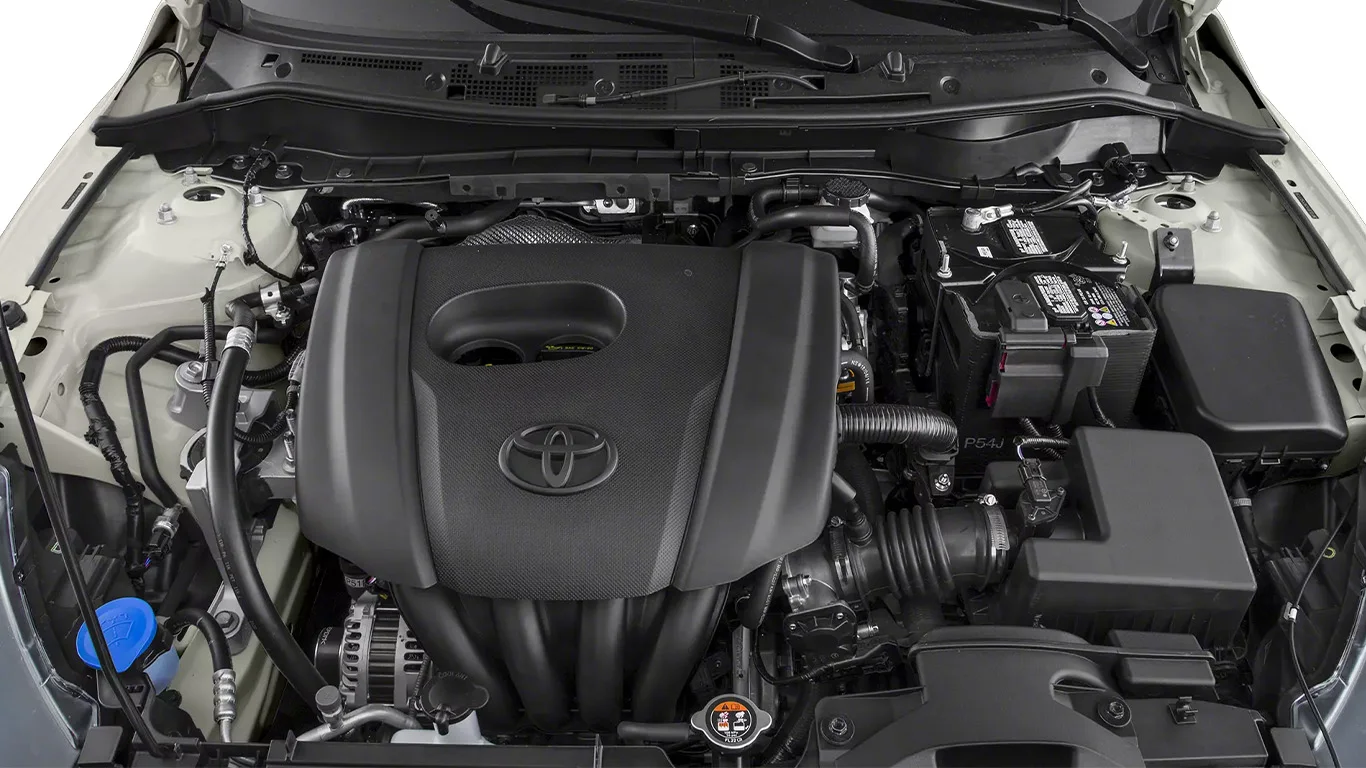
Performance
The third-generation Toyota Yaris, while not setting any performance benchmarks, delivers exactly what most small car buyers seek – reliable, fuss-free motoring with enough pep for daily duties. It’s a car that prioritizes efficiency and dependability over sporty pretensions, making it a pragmatic choice in the supermini segment.
Engine Performance
The engine lineup evolved throughout this generation, starting with 1.0-litre and 1.3-litre petrol units. The later 2017 introduction of the 1.5-litre engine marked a notable improvement in performance and efficiency.
The petrol-electric hybrid variant manages the 0-62mph sprint in 11.8 seconds, though the CVT gearbox makes its presence known under hard acceleration.
Handling
In terms of driving dynamics, the Yaris delivers light steering that proves perfect for urban navigation but lacks the engaging feedback found in sportier rivals like the Ford Fiesta.
The suspension setup handles daily driving competently, though you’ll notice more road imperfections than in some competitors.
High-Speed Behaviour
Motorway performance reveals the Yaris’s city-car origins. Wind noise becomes more evident at higher speeds, and overtaking maneuvers require more planning than in more powerful alternatives.
The hybrid version offers smoother power delivery, though the CVT transmission becomes vocal when pushed.
Transmission Response
The five-speed manual gearbox provides clean, straightforward shifts that suit the car’s character.
The Multidrive S CVT automatic, while smooth in urban environments, tends to generate more engine noise during firm acceleration, somewhat compromising the overall driving experience.
The 2.0 CRDi, available in both 134bhp and 182bhp variants, provides strong mid-range pulling power. Post-2018 models benefit from mild-hybrid technology, enhancing both performance and economy.
Handling & Ride
The Sportage delivers composed and predictable handling for a family SUV. Its light and precise steering makes urban maneuvers straightforward. The optional all-wheel drive system provides additional confidence in challenging conditions.
Both manual and automatic transmissions perform well, with the 8-speed automatic (introduced in 2018) being particularly smooth and responsive.
Comfort
Ride quality is a strong point, with the Sportage effectively absorbing road imperfections. GT-Line models with larger wheels trade some comfort for sharper looks and handling.
Refinement levels are good, with well-suppressed wind and road noise, though diesel engines can be heard when accelerating hard. The cabin remains composed at motorway speeds, making it a capable long-distance cruiser.
Overall Rating
4.5/5
Based on expert evaluation and real-world testing
Performance
4.5
Comfort and Interior
4
Running Costs
4.8
Practicality
4.2
Expert Review
The 2011-2020 Toyota Yaris, particularly in post-2014 facelift guise, represents exceptional value for money, combining proven reliability with low running costs. While it’s not the most exciting drive in its class, its blend of hybrid efficiency, strong build quality, and impressive durability makes it a supremely sensible used car choice that will serve faithfully for years to come.
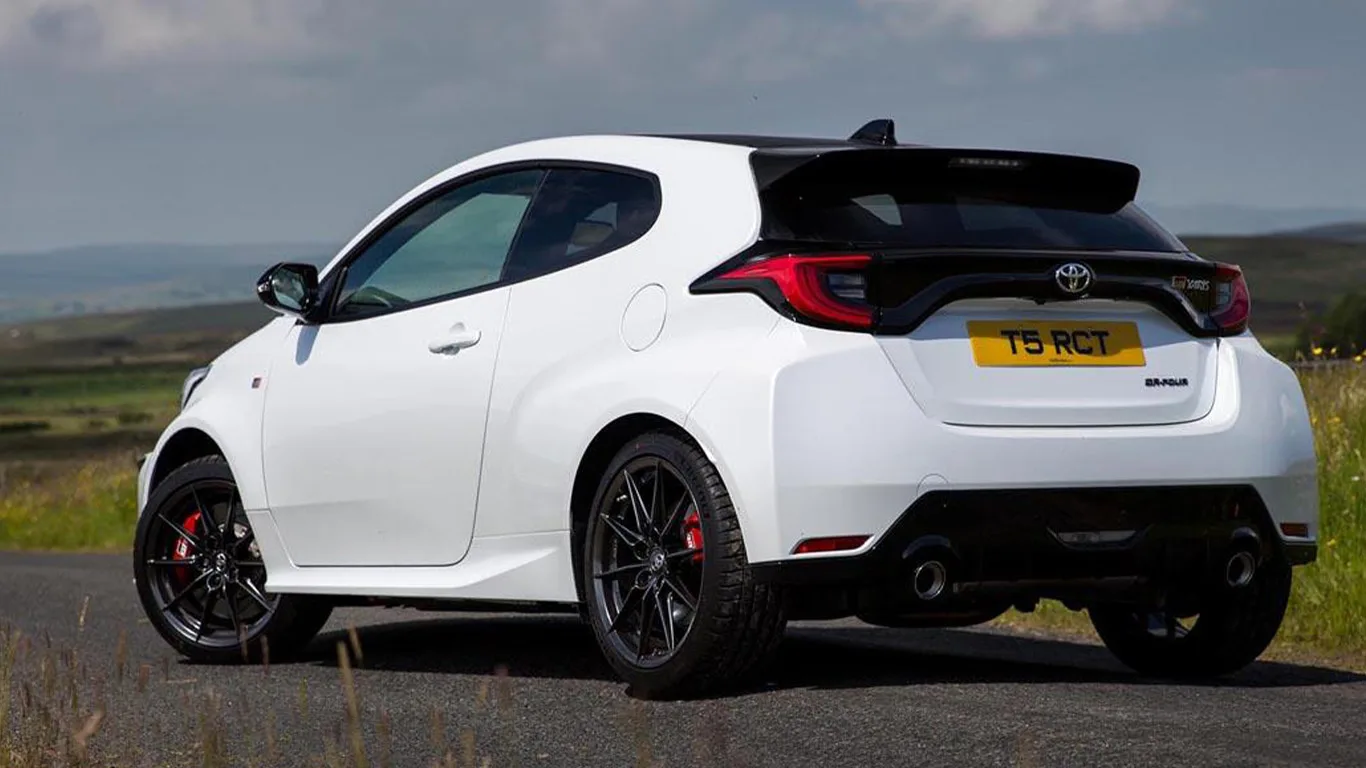
Reliability
Why you can trust this car?
The 2011-2020 Toyota Yaris stands as one of the most reliable used superminis, ranking 7th overall in What Car?’s reliability survey and topping the small car category. Its dependability is proven by numerous examples exceeding 200,000 miles with basic maintenance.
While hybrid models may need battery attention after 80,000 miles and early CVT transmissions (2011-2013) can be jerky, most issues are minor and predictable. Post-2014 models are particularly robust.
The key to this Yaris’s legendary reliability is proper maintenance and complete service history, making it an excellent choice for those prioritizing trouble-free ownership.
What rarely goes wrong?
The 2011-2020 Toyota Yaris has earned its reputation for exceptional reliability, with both 1.3L and 1.5L petrol engines routinely exceeding 200,000 miles without major issues.
The timing chain design eliminates costly belt replacements, and manual transmissions show remarkable durability.
Common minor issues include air conditioning effectiveness (£60-80 fix), interior trim rattles in pre-2014 models, and door seal wear (£100-150). While hybrid batteries might need replacement after 8+ years (£1,500+) and early CVT transmissions can be problematic, these serious issues rarely occur.
With annual services at £140-180 and most repairs under £500, plus Toyota’s 5+ Club offering 20% discounts after five years, this Yaris generation proves exceptionally cost-effective to maintain.
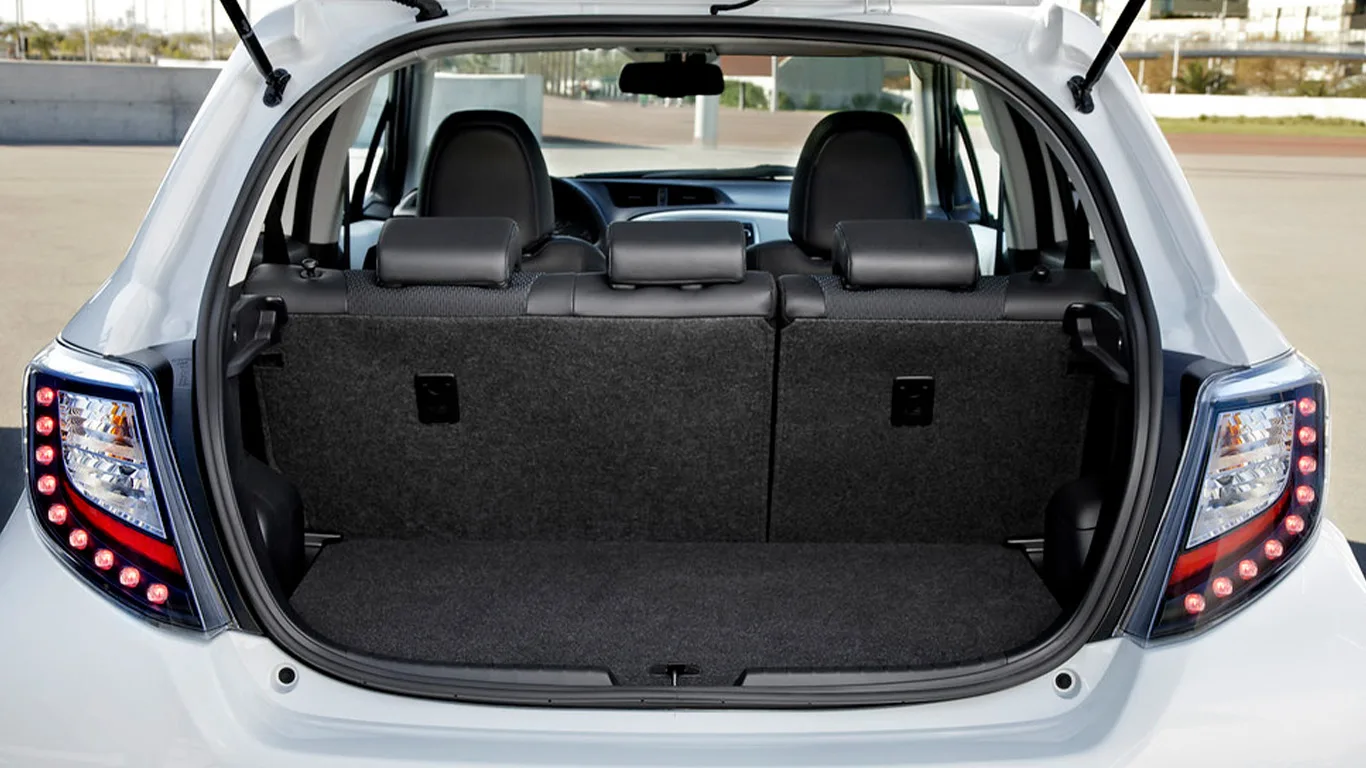
Real Ownership Experience
Based on our customer feedback across the Toyota Yaris ownership experience:
Is This The Most Reliable In This Generation?
The Toyota Yaris shows distinct reliability patterns across its generations.
The 2011-2020 models, particularly the 2014-2016 1.3L variants, prove exceptional with many reaching 200,000+ miles trouble-free and ranking top in various small car reliability surveys.
This builds on the “bulletproof” reputation of the 2005-2011 generation, known for its mechanical simplicity.
While the current 2020-present generation maintains Toyota’s quality standards, early reports show some hybrid system concerns, though it’s too soon for definitive reliability judgments.
For buyers prioritising proven reliability, the 2014-2016 models from the 2011-2020 generation offer the best combination of modern features and documented durability, making them a more confident choice over the newer, more complex hybrid variants.
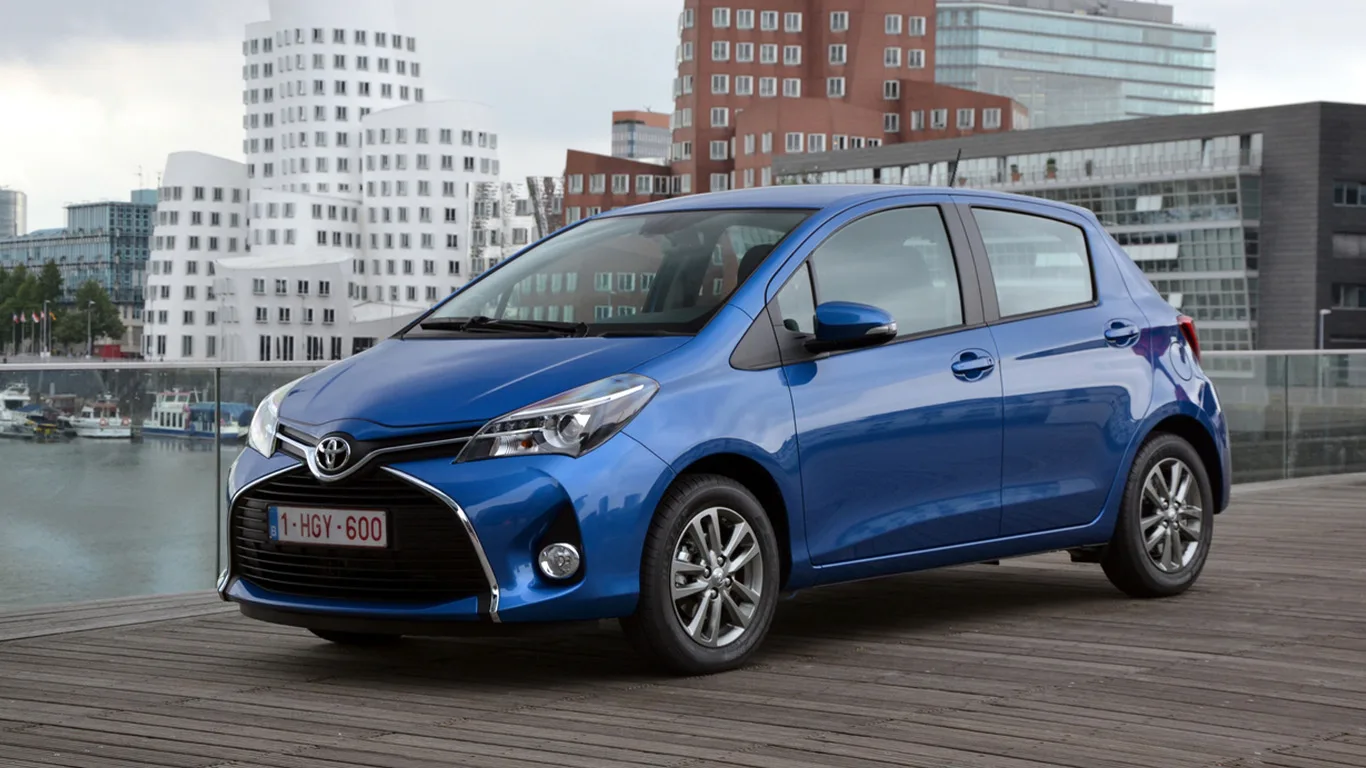
Comparison With The Latest Gen In Terms Of Reliability
The 2020-Present Yaris shows key reliability differences compared to its predecessor. While the latest generation boasts improved build quality and better corrosion resistance, its hybrid system introduces new complexities.
Owner reports highlight hybrid calibration issues and warning light triggers requiring dealer visits, though core mechanical components prove robust.
The 2011-2020 generation earned its reputation through simple, proven mechanics and documented longevity, regularly achieving 200,000+ miles reliably.
Ownership Cost And Price Value Assessment
Here is the total ownership cost breakdown for the Toyota Yaris (2011-2020):
Toyota Yaris (2011-2020) Cost Analysis
3-year ownership cost: £8,000-10,000
Value Loss Over Time
Real-World MPG
Annual Expenses
Service & Repairs
Holding It’s Value?
The Toyota Yaris demonstrates exceptional value retention compared to its competitors and across generations, with the 2011-2020 model retaining 50-55% of its value after three years – significantly better than key rivals.
A 2014 model originally priced at £14,990 would still command £7,500-8,000 by 2017, with good examples currently fetching £4,500-6,500. This performance notably outshines the Ford Fiesta (losing 55-60%) and Vauxhall Corsa (60-65% loss), while matching the traditionally strong VW Polo (50-55% depreciation).
Looking across generations, the 2005-2011 models show remarkable value stability due to their mechanical simplicity, with well-maintained examples still worth £2,000-3,000 despite high mileages.
The current 2020-present generation appears to be setting new standards for value retention, with early data showing hybrid variants maintaining 58-62% of their value after the first year. This strong performance reflects Toyota’s reputation for reliability and the increasing market demand for hybrid technology
The Cheapest Models To Maintain
The 2014-2016 Yaris 1.3L Icon stands as the cheapest model to maintain in the 2011-2020 generation. Annual servicing costs £140-180, with standard service parts readily available and a 20% discount through Toyota’s 5+ Club after five years.
Running costs average £300-400 annually including maintenance, with 45-48mpg fuel economy and insurance group 8 rating.
This model avoids the complexity of hybrid systems and the inefficiency of 1.0L engines, while its timing chain design eliminates expensive belt changes.
For buyers prioritising low maintenance costs with reliable performance, the 1.3L Icon represents the most economical choice in this generation.
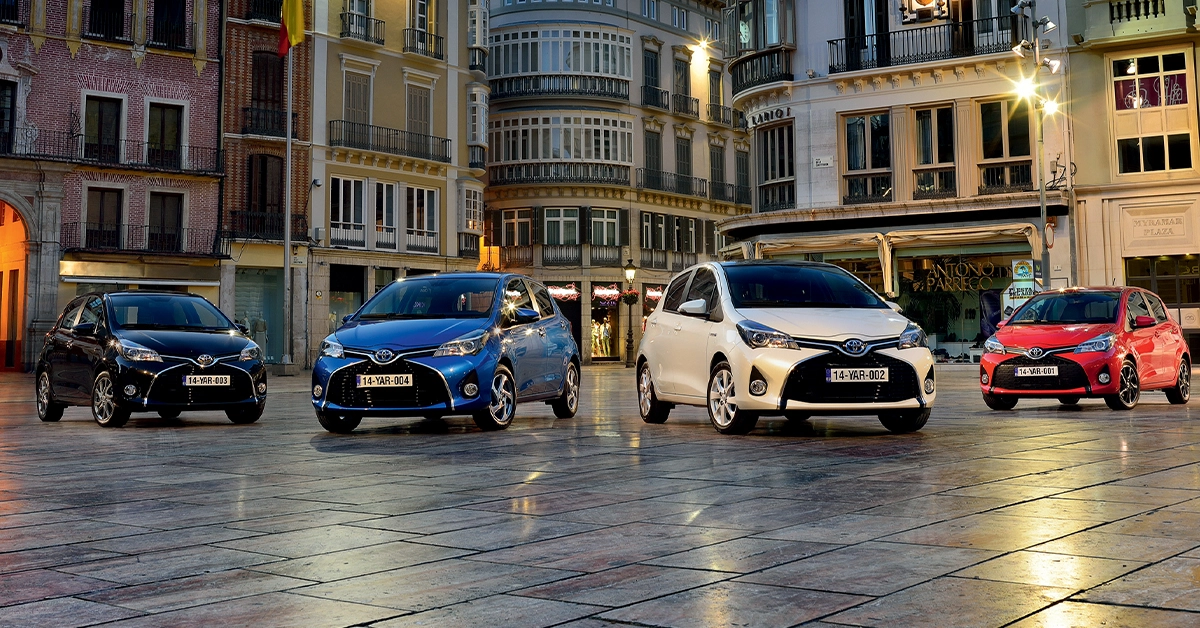
Cheapest Models Based On The Total Ownership Costs?
The 2014-2016 Yaris 1.3L Icon delivers the lowest total ownership costs in the 2011-2020 generation. Initial purchase prices now range £4,500-6,500, with strong value retention slowing depreciation.
Running costs average £1,500-1,800 annually (including fuel at 45-48mpg, £140-180 services, and £30-125 road tax). Insurance falls in group 8, keeping premiums affordable
While hybrid models offer better fuel economy and 1.0L versions have lower purchase prices, the 1.3L’s balance of purchase cost, fuel efficiency, and maintenance expenses makes it the most cost-effective over a 3-5 year ownership period.
Total annual ownership cost typically averages £2,500-3,000 including depreciation, significantly less than contemporary rivals.
Which Model In This Generation Has The Lowest Depreciation
In our comprehensive review of the Toyota Yaris 2011-2020 generation, we confidently identify the post-2014 1.5-litre Petrol Manual, particularly in Icon or Design trims, as the most depreciation-resistant variant.
For potential buyers seeking a used vehicle with minimal value depreciation, this specific 2017-2019 Toyota Yaris 1.5-litre Petrol Manual emerges as the most compelling recommendation within its generation
Competitors
In the competitive small car segment during the 2011-2020 period, the Toyota Yaris faced formidable rivals that challenged its market position. The Ford Fiesta and Volkswagen Polo emerged as the primary competitors, offering superior handling dynamics and more engaging driving experiences.
The Mazda 2 provided a more compelling package with its refined character, while the Honda Jazz Hybrid represented a direct alternative in the hybrid supermini market.
The Kia Rio also distinguished itself by effectively balancing urban efficiency with broader driving capabilities.
Honest Strength And Weaknesses
The Toyota Yaris 2011-2020 generation presents a mixed bag when compared to its competitors. Its hybrid technology was innovative for its time, offering impressive fuel efficiency and low running costs, with a claimed 85.6 mpg.
The powertrain lacks excitement, with a noisy CVT transmission and sluggish performance that falls short of more dynamic rivals like the Ford Fiesta and Volkswagen Polo.
Weaknesses:
- Regular petrol models have higher fuel consumption
- Interior materials do not quite match premium rivals
- Wind noise is more noticeable at motorway speeds
- The steering feels somewhat artificial and light
- The ride can be unsettled on larger wheel options
- Some desired features are restricted to higher trim levels
- The service network is not as extensive as some competitors
How Does It Compare?
Compare key features and specifications
|
Toyota Yaris
2011-2020 |
Honda Jazz
2015 -2020 |
Volkswagen Polo
2009 - 2017 |
|
|---|---|---|---|
|
Top Variant
|
|||
| Excel | Ex Navi | GTI | |
|
Practicality
|
|||
| Good rear space Flat floor in rear Step in boot when seats folded, Available in 3 or 5-door, Light steering for city use | Class-leading space Flexible "Magic Seats and Excellent Visibility | Good boot space, well-designed interior and good visibility | |
|
Handling
|
|||
| 85.6 (Hybrid) | 48.7 | 47.9 GTI | |
|
Top Speed
|
|||
| 143 mph | 118 mph | 142 mph | |
|
Used Sale Price
|
|||
| £3,000+ | £3,500+ | £3,000+ | |
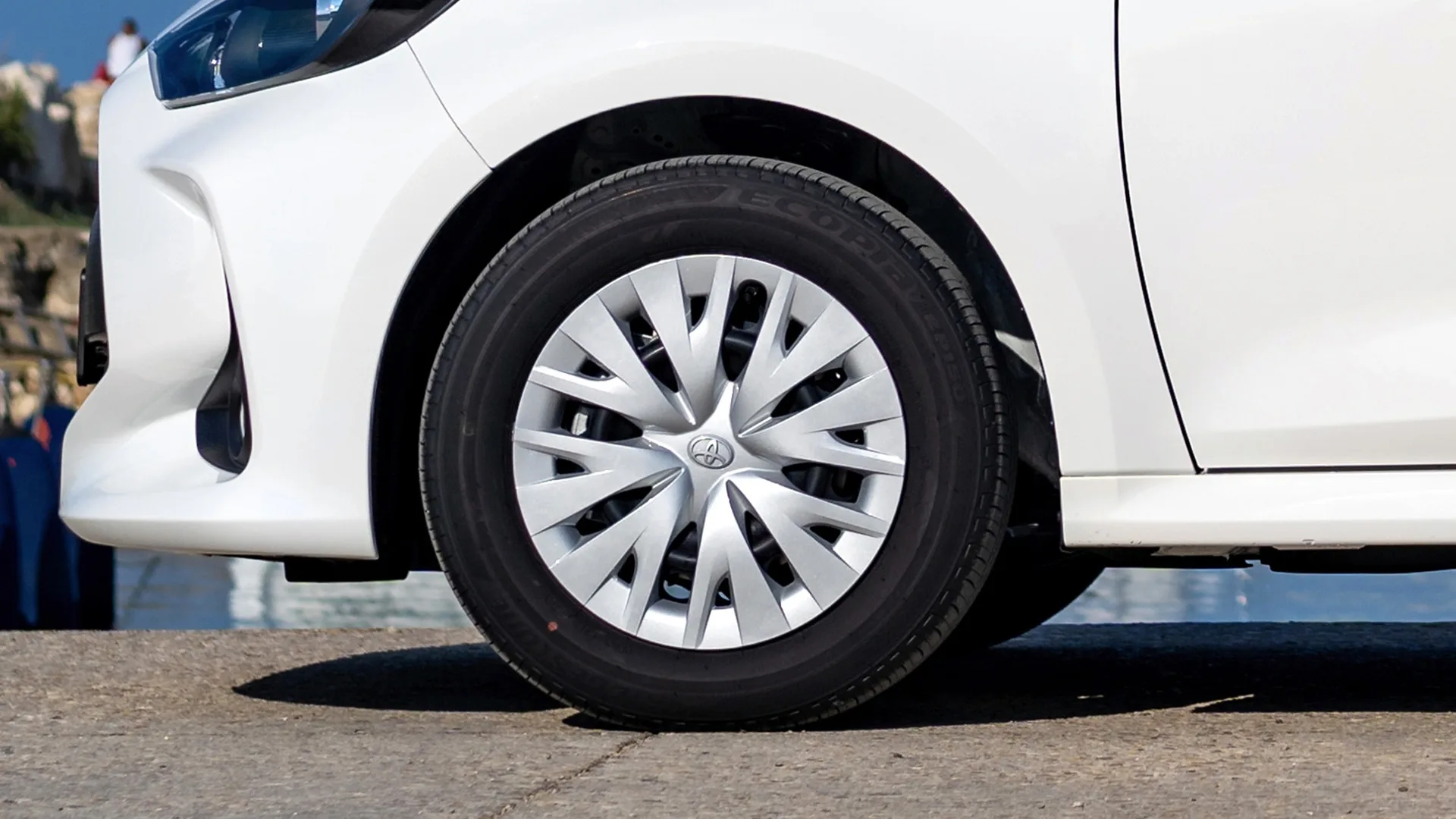
Living With the Car
How Is The Build Quality Of The Toyota Yaris
The Toyota Yaris from the 2011-2020 generation offered a well-built and functional interior, though it fell slightly short of the more premium materials and design found in the latest Yaris models.
Compared to the newest iteration, the older Yaris featured more hard, scratchy plastics in the lower cabin areas, as well as a relatively basic infotainment system. The dashboard layout and integrated technology also lacked the modern styling and responsiveness of the current Yaris.
The 2011-2020 Yaris still provided a number of positives in terms of build quality. Its interior space and ergonomics were praised, carrying over the strengths of the previous generation. Toyota’s reputation for reliability was also evident, with the older Yaris ranking highly in surveys for dependability.
When comparing the build quality of the 2011-2020 Toyota Yaris to its key competitors in the small car segment, the Yaris holds its own, though it doesn’t quite reach the heights of the best-in-class offerings.
Most Comfortable Features
The 2011-2020 Toyota Yaris prioritizes comfort and functionality over excitement. While not the most dynamic or premium, it makes up for it with a thoughtfully designed interior focused on real-world usability.
The elevated driving position and supportive seats keep you comfortable, while the refined cabin, especially in hybrid models, creates a serene, relaxing environment. It may lack the last word in sophistication, but the Yaris’s sensible approach to small car ownership makes it a smart, sensible choice.
Our Recommendation And Buying Guide
Based on the review, the 2011-2020 Toyota Yaris’s suspension and ride quality seem to hold up well over time. Its “composed and compliant” tuning provides comfort without major deterioration, thanks to Toyota’s reputation for durable components.
As long as it’s properly maintained, the Yaris’s ride quality should remain a strength throughout its lifespan.
Suspension and ride comfort does it deteriorate over time?
The 2011-2020 Toyota Yaris’s suspension seems to maintain its comfortable, composed ride quality over time.
While some minor degradation may occur with age, as in the case with most of the cars, the Yaris’s suspension appears to be a lasting strength, providing a cushioned, controlled ride throughout its lifespan.
How good is it for families?
The Toyota Yaris offers a mixed bag when it comes to family-friendly features and practicality. On the positive side, the Yaris provides a surprisingly spacious interior for a small hatchback, with ample room in the front and rear seats to accommodate both children and adults.
the Yaris does fall a bit short in overall practicality compared to some of its small car rivals. The boot capacity, while respectable, lags behind more capacious offerings like the Skoda Fabia. And with just five doors as standard, access to the rear seats may be a tighter squeeze for larger families.
The 2011-2020 Toyota Yaris provides a solid foundation for family life with its spacious and flexible interior. But it may not quite offer the ultimate in practicality and convenience that some families may want from their small car.
Quick Inspection Guide: Toyota Yaris
Must Check:
- Clutch/CVT operation – check for smoothness
- Hybrid battery health (if applicable)
- Service history completeness
Quick Mechanical Check:
- Suspension knocks/rattles
- Brake disc condition
- Warning lights
Visual Inspection:
-
- Door seals & panel gaps
- Wheel arch rust
- Electronics function




